Installing a tropical hardwood deck with a species like Ipe or Cumaru is done the same way as your typical pressure treated Pine or even composite deck: Ipe clip and other hidden fasteners or face screwed. Each deck fastener system method has pros and cons. Face screwing is fast and secure but it leaves exposed screw holes that many find unattractive. Hidden fasteners leave an unblemished beautiful face but most feel they take longer to install and leave the decking free to move about throughout the year. This can lead to an uneven deck surface. Of course, opinions vary wildly from one decking professional to another. Environment will play a major role in how your Ipe or Cumaru deck will perform. That being said, most of our customers prefer an Ipe clip hidden fastener when using tropical hardwoods for purely cosmetic reasons. So the question remains: which fastening system do you want to use for your next deck?
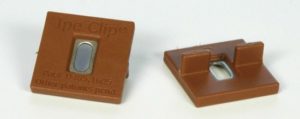
Ipe Clip and Deck Hidden Fasteners
The added density and extreme hardness of tropical hardwoods is very tough on drills, drill bits, and screws. Ipe and Cumaru in particular have been known to burn out many a drill motor. It seems obvious therefore to spend less time drilling through the hard decking boards and focusing on drilling to fasten an Ipe clip into the softer deck sub-structure. Of course if you build your entire deck out of Ipe, from posts to joists to decking boards, you will still end up drilling into the harder wood. This is a small minority of the Ipe and Cumaru decks in the wild however. You cannot avoid drilling through these very hard woods not matter what method you choose since most clip systems still recommend drilling at an angle through the Ipe clip and bottom half of the deck board into the joist below. The hidden fasteners will leave one edge of the board free to expand and contract in varying weather while still holding them firmly to the joists. The fine folks at Ipe Clip have a very helpful animation illustrating this movement.
Face Screwing Ipe Decking
It is this seasonal movement that many hidden fastener critics latch on to as the primary reason for face screwing Ipe decking. The fact that the boards can move means that they are free to warp, twist, and open uneven gaps on your surface. Moreover, the clips will reference off the joists and if they are not perfectly level then aligning the clip with the groove can be difficult. When face screwing Ipe decking, you can rely on the natural flexibility of the decking boards to secure them to the joists. Many will suggest that one screw is placed in each deck board to allow it to expand and contract while others go for 2 screws across the width to prevent any cupping that can come from uneven heating and cooling that is typical with any deck. The answer to this 1 or 2 screws depends heavily on the width of the deck board, the species, and how much sunlight that deck will actually see. In general using 2 screws shouldn’t pose too much problem with restricting wood movement and the added stability is something that is more important in this case. Individual results may vary and take some time to think about the environment that your deck will endure.
Hidden Fasteners vs Deck Screws
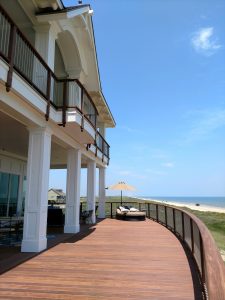

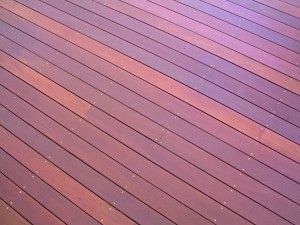
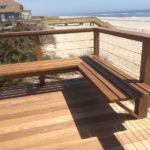
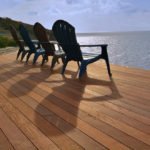
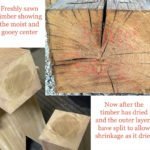
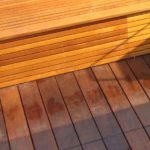
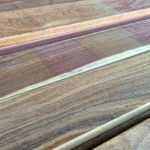



Hello,
Do you still recommend only one screw per joist for ipe deck installation?
It sounds logical to let the wood play, I just haven’t seen such recommendations in other place.
Thanks.
This is what I did on my deck 8 years ago and I haven’t had a problem. In reality, screws will flex slightly to allow for wood movement too. As long as you have seasoned lumber that is suited for an exterior application, then even using 2 screws will let the wood move as needed. This extra screw acts as some insurance against cupping and probably why you see so many installations done this way.
Just received a load of 1×4 red balau . Long lengths, straight and clear. Just beautiful. On a deck using face screwing on joists spaced at 16″ will one screw per joist be sufficient ?
For 1×4, yes I think one screw per joist is sufficient. A wider board would need an additional screw.
Your opinion/thoughts on angled deck screw installation such as Kreg or Camo systems. Thanks
Haven’t used them personally but I like them and would prefer that type of installation as a good compromise between face screwing and hidden clips.